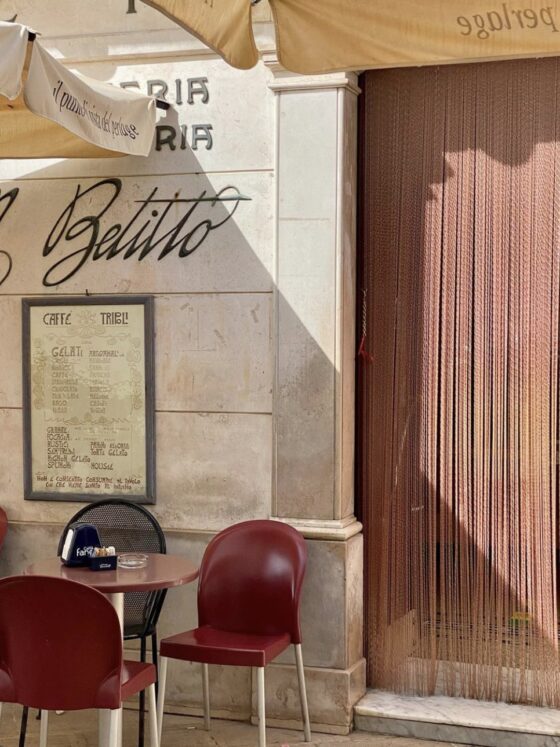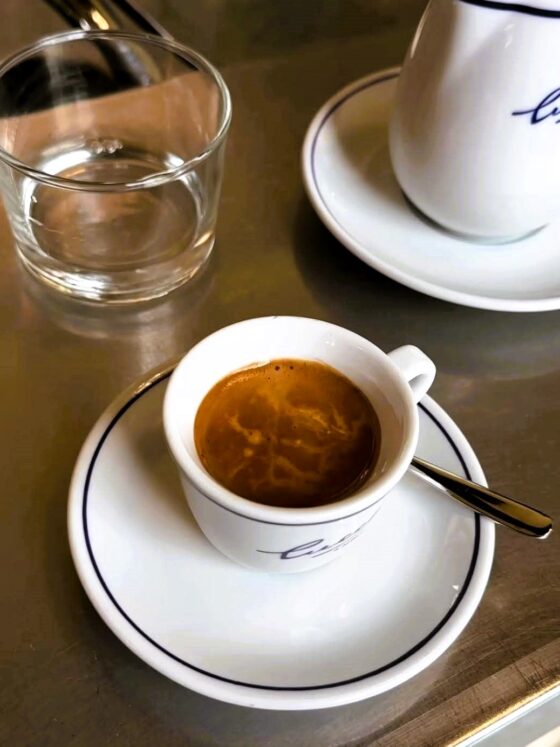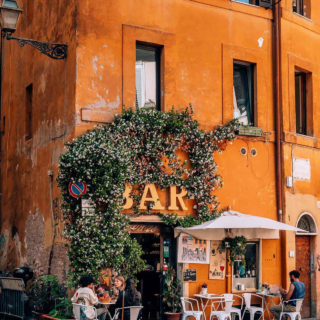Fettucine Alfredo: From Rome to America
There are few things as synonymous around the world as coffee. Coffee beans, roasted to perfection, and percolated for an amazing aroma that starts your day. Some of the best Italian coffee brands are known the world over, and will give you the excellent experience you’re craving.
Italians are no stranger to a perfect cup of coffee. Espresso (caffè in Italian), macchiato, cappuccino, the list continues…wherever you are in Italy, you’ll find that like most things consumed, Italians take their passion to uncommon heights for the sake of their caffè. It’s certainly one of the things Italians are known for.
The Origins of Fettucine Alfredo
To understand the story of Fettucine Alfredo, one must travel back in time to the early 20th century, amidst the cobblestones and trattorias of Rome. There, a Roman restaurateur and chef, Alfredo di Lelio, created a dish for his pregnant wife – legend has it she was experiencing nausea and lack of appetite. For an Italian, when a loved one is unable to eat, this problem consumes their every thought – it subsumes their existence – and they will not rest or devote their time to anything else until that loved one is once again with full stomach.

In his quest to find something simple and comforting for his wife to eat, he combined fettuccine pasta with butter and Parmigiano, creating a creamy and rich sauce. This dish, known as “fettuccine al burro,” quickly became popular among restaurant patrons.
Alfredo Sauce Origin in America
Word of Alfredo’s creation spread like wildfire, captivating patrons and tourists alike. Soon, his trattoria on Via della Scrofa became a pilgrimage of sorts for those seeking this newfound pasta dish. Celebrities too flocked to Alfredo’s restaurant, including screen legends Mary Pickford and Douglas Fairbanks. There, these American celebrities became so enamored by the dish that they brought it back to Hollywood.
Hungry to recreate the dish, celebrities stateside sought out the famed “Fettuccine Alfredo”. However, as with many international dishes, it underwent a transformation when it crossed the Atlantic and landed on American shores. The Americanized version, often referred to as “Alfredo sauce,” in actuality bears little resemblance to its namesake dish; in fact, Fettuccine Alfredo in America is much different than the traditional alfredo sauce found in Rome, and the similarities almost end in the sharing of the name Alfredo. Essentially, it has evolved into a heavier, cream-focused dish that veers far from the simplicity of the original.

At its core, fettuccine Alfredo stems from an Italian dish that espoused the ethos of the Italian food culture of the time: celebrating simplicity, purity and fresh ingredients.
The transformation of the traditional alfredo from its Italian origin (alfredo sauce, no cream) to its American counterpart, stirs many emotions. For example, Italian food historian Luca Cesari notes in his book The Discovery of Pasta, “At first glance, [fettuccine alfredo] seems like a classic example of a carefully constructed, Italian-sounding fake, a dish that has reached the height of popularity in the US (and other countries) without ever setting foot in the Bel Paese. A marketing ploy by some cunning multinational corporation intent on pleasing palates used to creamy, mouth-filling sauces, with no link to real Italian cuisine. And it’s true enough that at some point, that’s more or less the direction the dish took.”
However, Michael La Corte reminds us that, “At its core, fettuccine Alfredo stems from an Italian dish that espoused the ethos of the Italian food culture of the time: celebrating simplicity, purity, and fresh ingredients.”
Meanwhile, its American version espoused a different ethos altogether, as John Marini describes, “As time went on Italian food chains like Olive Garden and Macaroni Grill started tossing in all sorts of things, and the frozen food section of supermarkets calls any number of items with an oleaginous cream sauce ‘Alfredo.’ You can even buy a whole jar of the stuff, but it is about as close to what Alfredo created back in 1914 as Annette Funicello is to Sophia Loren.”

And so, in America, the dish transformed into an entity unto itself, bottled, jarred, frozen, and mixed with other ingredients (in essence, the dish followed a transformation similar to most other Italian-American dishes). The question then becomes: is Alfredo sauce Italian? In Italy, Fettucine Alfredo intended to be a delicate dish that showcases the quality and flavors of its few ingredients – its simple and pure ethos. The butter and cheese form a velvety coating around the strands of fettucine, allowing them to shine through. It is a celebration of the pasta itself, rather than a vehicle for an overwhelming sauce. Remember, di Lelio created the dish for his wife, who had nausea – he never intended to create a dish that would induce it.
If you walk amongst the Roman cobblestones and trattorias today, you’ll find most will say there is no Alfredo sauce in Italy. Indeed, most places in Rome will say that Fettuccine Alfredo is not an Italian dish – they do not claim it as a Roman pasta, despite its origins in the ancient city. With fettucine alfredo’s popularity in America, most Italians seem to have relegated the dish to the tourist menus.
The Di Lelio family, instead of shying away, has embraced their legacy. In Piazza Augusto Imperatore, you will find the restaurant Il Vero Alfredo – L’Imperatore delle fettucine (The Emperor of Fettucine). Its website tells the tale of the Di Lelio dynasty, with the current ruling generation continuing to serve the original fettucine all’alfredo. Here you will find the dish resembling its original form. For an American, who may be used to the dish as its made back in the USA, trying the original may be a strange homecoming of sorts for Fettucine Alferedo.
So while the dish may be two things at once (depending on where you are in the world) that like all things borne out of love, a plate of pasta is meant to lift your spirits, nourish the body, and nourish the soul. If you find yourself in Rome, even for a day, maybe try the original fettuccine alfredo, created by a man who loved his wife so much, he invented a dish that crossed an ocean.










Jeanne
September 16, 2023Fascinating and well written story!
admin
September 18, 2023Thank you! Yes, it is a fascinating story once you know the history!